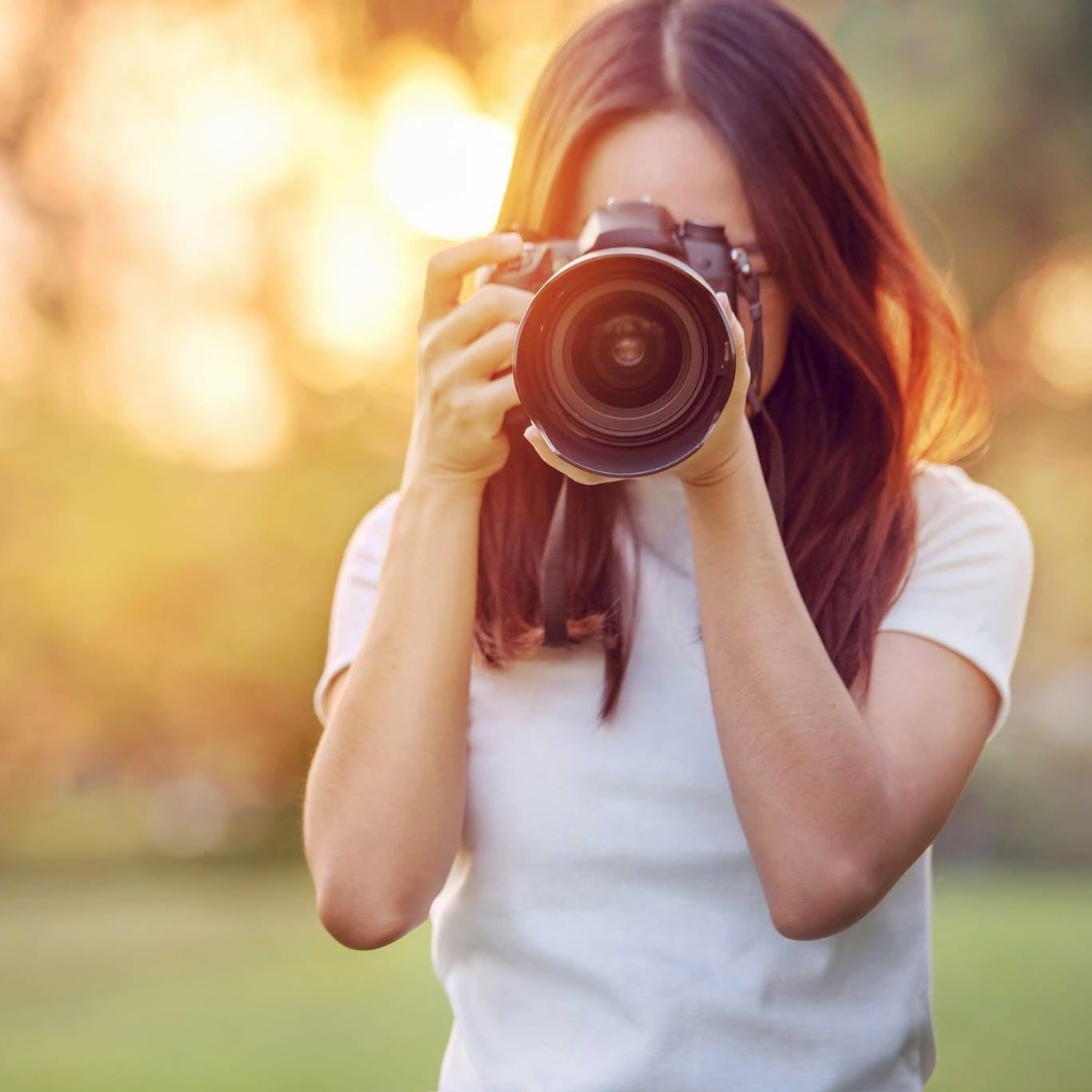Why I Prefer Graduated Neutral Density Filters to HDR Software or Multiple Exposure Blending
- Jennifer Costello

- Oct 28, 2021
- 3 min read

The human eye has a wide dynamic range, meaning it can see detail in highlights as well as the shadows of a scene. The dynamic range of today's DSLR and mirrorless cameras is limited. This is why when you take an image of an amazing sunset, full of rich colors, it doesn't translate. The sky is too bright and washed out or the ground is too dark. I believe digital cameras will get to a point one day where we can capture what the human eye sees, but we aren't there yet. Landscape photographers need a way to handle high dynamic range situations. The most common methods used are graduated neutral density (GND) filters, high dynamic range (HDR) software and multiple exposure blending (MEB).
GND filters have half a filter of neutral density which transitions to clear. The purpose is to darken the sky to more closely match the exposure of the ground. HDR software applies algorithms to blend bracketed images together. MEB usually involves hand blending two or more images together in Photoshop using layer masks. Which is better? I believe the answer to that question depends on the individual.
I am a long time user of GND filters and even though advancements in technology have come a long way, it's still the method I prefer when dealing with a high dynamic range scene. That doesn't make it right for everyone. You have to decide what works in your life and what your preferences are. Here are a few reasons why GND filters work for me:
Instant Gratification. For me photography is so much about the experience, the act of shooting, the moment of capture. I love hiking, running, climbing and basically anything that gets me outdoors in nature. I am a happy girl when I capture a great image after hiking up a steep mountain! GND filters make that possible. I don't want to wait until post production to combine my images and see what I captured.
3 Minute Rule. I don't want to spend more than 3 minutes per image in post production. Blending multiple images takes time. It is an artwork in and of itself. I have seen some incredible blended images and they just keep getting better. But not everyone wants to spend that kind off time in post production or gets gratification from producing an image that way. Typically in post production (Adobe Camera Raw), I drag the exposure sliders to lift the shadows and bring down the highlights. Then quick adjustments on the contrast, saturation, brightness, sharpness, clarity and noise. Finally, I use the radial tool to lift any still dark shadows. 3 minutes tops and then next!
Radial Tool. Use of the radial tool cleans up the issue of the graduated exposure spilling into the scene. For example, if there is a tall building, tree or mountain above the horizon line, with GND filters, it will end up getting darkened with the rest of the sky. The radial tool allows you to go in and lift the exposure on specific areas.
Reality. My photography is a collection of my life experiences. I want to capture what I see, my memory of it. So manipulating an image in post production beyond what it really looked like, doesn't appeal to me. I often see "overcooked" images using HDR, where too much detail has been brought out of the scene. For me, there are shadows in life and I'm ok with seeing them.
In conclusion, using HDR software is a quick solution for dealing with high dynamic range situations, but I'm not a big fan of the look of HDR. Blending multiple exposures is a great solution, if you have the time, talent and desire for that kind of post production. For me, I prefer the instant feedback of GND filters and I'm pleased with the quality of the image and time in post production. During my workshop, I teach from the perspective of using GND filters on a single image, although participants can also bracket for composite images, if they choose. Both techniques can produce amazing images with practice! Happy Shooting!
~ Jennifer

Comments